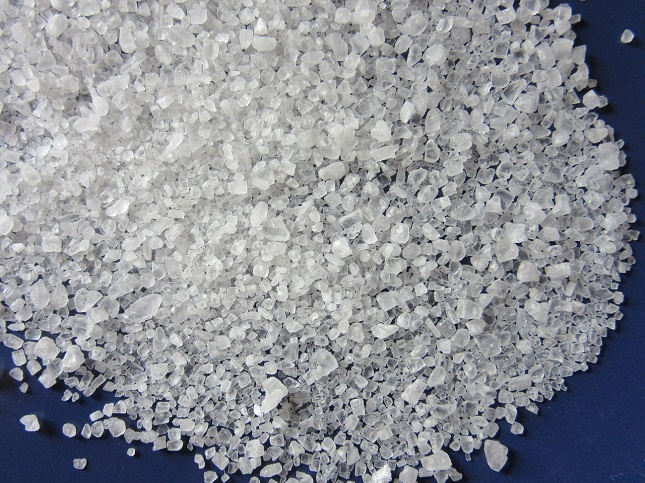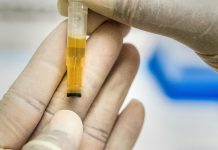Ion exchange systems have become an essential technology in various industries, from water treatment to pharmaceuticals. These systems are designed to remove ions and other impurities from liquids, making them not just safe for consumption but also suitable for industrial processes. But how do these ion exchange systems work? In this comprehensive guide, we will dive into the inner workings of ion exchange systems and explore the different types of systems available. So if you’re curious about how ion exchange systems work or are considering implementing one in your facility, this guide is for you.
The Basics of Ion Exchange Systems
At its core, an ion exchange system is a water treatment process that involves the exchange of ions between a liquid and a solid material. This system, known as the “Ionenaustauscherharze” in German, is made up of small beads or resin particles that are designed to attract and retain certain ions while releasing others. This process allows for the removal of impurities from the liquid, resulting in a purer and more desirable end product. The effectiveness of an ion exchange system depends on various factors, such as the type of resin used, the flow rate of the liquid, and the concentration of ions in the feedwater.
Understanding the Role of Ions in Water Treatment
Ions are charged particles that make up most substances found in water, such as calcium, magnesium, and sodium. These ions are responsible for making the water hard or soft, acidic or alkaline, and can also contribute to the taste and odor of water. In water treatment, ion exchange systems work by replacing undesirable ions with more desirable ones. For example, a cation exchange system can remove calcium and magnesium ions that cause water hardness and replace them with sodium ions, resulting in soft water. Similarly, an anion exchange system can remove nitrate or sulfate ions from the water, improving its taste and odor.
Different Types of Ion Exchange Systems
There are two main types of ion exchange systems: cation and anion exchange. As the names suggest, these systems work by exchanging cations and anions, respectively. Cation exchange systems use resin beads that carry negative charges to attract positively charged ions, while anion exchange systems use beads with positive charges to remove negatively charged ions. Both types of systems can be used separately or in combination, depending on the quality of the feedwater and the desired outcome. In addition to cation and anion exchange systems, there are also mixed bed systems that use a mixture of resin beads to remove both cations and anions at once. The type of ion exchange system used will vary based on the specific needs of each application.
How Does a Typical Ion Exchange System Work?
A typical ion exchange system consists of a series of tanks or columns filled with resin beads, a valve system to control the flow of water, and a regeneration unit that cleans and recharges the resin. The first step in the process is known as the “exchange cycle,” where untreated water enters the system and passes through the tank containing the resin beads. As the water flows through the beads, the undesirable ions are attracted to the resin and exchanged for more desirable ones. Once the water has passed through the system, it is considered “treated” and can be used for its intended purpose. Over time, as the resin beads become saturated with impurities, they need to be regenerated using a salt solution or acid to restore their ability to remove ions. This process is known as “regeneration” and is necessary to maintain the efficiency of the ion exchange system.
Benefits of Ion Exchange Systems
Ion exchange systems offer numerous benefits, making them a popular choice in various industries. Some advantages include:
- Improved water quality: By removing impurities such as hardness-causing ions, anion exchange systems can improve the taste, odor, and appearance of water.
- Cost-effective: Ion exchange systems are relatively low maintenance and can last for several years with proper care, making them a cost-effective solution for water treatment.
- Versatility: These systems can be customized to meet the specific needs of each application, making them suitable for a wide range of industries.
- Environmentally friendly: Ion exchange systems do not require any chemicals or produce harmful byproducts, making them an environmentally friendly option for water treatment.
The Importance of Selecting the Right Resin for Your System
Different types of resins have varying levels of selectivity and can be designed to target specific ions, making them more efficient for certain applications. For this reason, it is essential to choose the right resin for your system based on factors such as the type and concentration of ions in the feedwater, as well as the desired outcome. For example, a strong acid cation resin is better suited for removing hardness-causing ions, while a weak base anion resin is more efficient at removing organic acids. Selecting the right resin can also improve the longevity and efficiency of your ion exchange system, making it a significant factor to consider when implementing this technology in any industry.
Maintenance and Troubleshooting Tips for Ion Exchange Systems
Proper maintenance and troubleshooting are important for the smooth operation of ion exchange systems. Regularly scheduled regeneration, backwashing, and resin replacement are necessary to ensure the system is functioning at its best. Monitoring the quality of the treated water and conducting routine checks on system components can help identify any issues before they become more significant problems. Troubleshooting tips for some common issues include adjusting the flow rate, changing the type or amount of regenerant used, and checking for any physical damage to the system. Regular maintenance and troubleshooting can help prevent downtime and costly repairs, making them crucial aspects of operating an ion exchange system.
Ion exchange systems play an important role in various industries by effectively removing ions and impurities from liquids. These systems work by exchanging undesirable ions for more desirable ones, resulting in improved water quality and other benefits. Choosing the right resin and properly maintaining the system is essential for its efficient operation. With a better understanding of how ion exchange systems work, you can make informed decisions when implementing this technology in your facility. Whether you are looking to improve the quality of your water supply or enhance industrial processes, ion exchange systems offer a reliable and cost-effective solution.









































